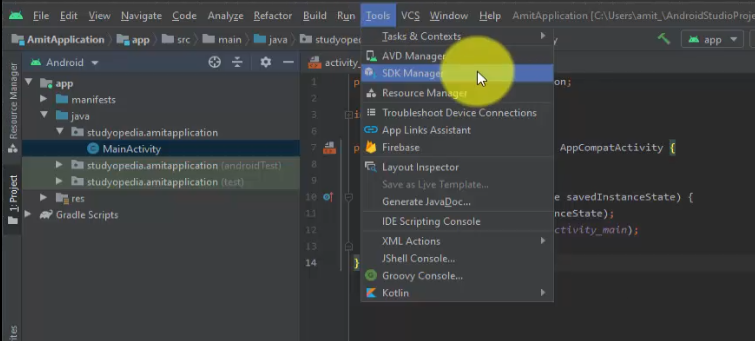
– Under Processor –> Compatibility –> check the “Migrate to a physical computer with a different processor version” checkbox – Select the virtual machine that matches the emulator you were attempting to run (make sure it’s in the Off state), and click Settings – After you’ve run the emulator image the first time, close the Android Emulator This is again an issues I’ve seen before and in fact it appears on the troubleshooting web page for the Android Emulator ( ): Unfortunately when Visual Studio attempts to launch the application and attach the debugger, the application closes immediately. When I attempted to launch the emulator, I got the following notice, saying that the Internet Connection needs to be configured – this is pretty typical for first run as Hyper-V needs to setup the virtual switches that the emulator image will use.Īfter clicking Yes, the emulator is launched and my application is deployed. Turns out I had two issues I needed to overcome. So, it came as no surprise that after rebuilding my computer and installing Visual Studio 2017 RC that my installation of the Visual Studio Android Emulator was semi-broken.

Ever since I can remember there have been connectivity issues with Windows Mobile, Windows Phone and now Windows 10 Mobile emulators whether connectivity meaning to the internet, the local machine or being able to debug an application. Now I do appreciate that running prerelease software comes with some risk and I’m also aware that emulators are hard to get working 100% right on every machine.


 0 kommentar(er)
0 kommentar(er)
